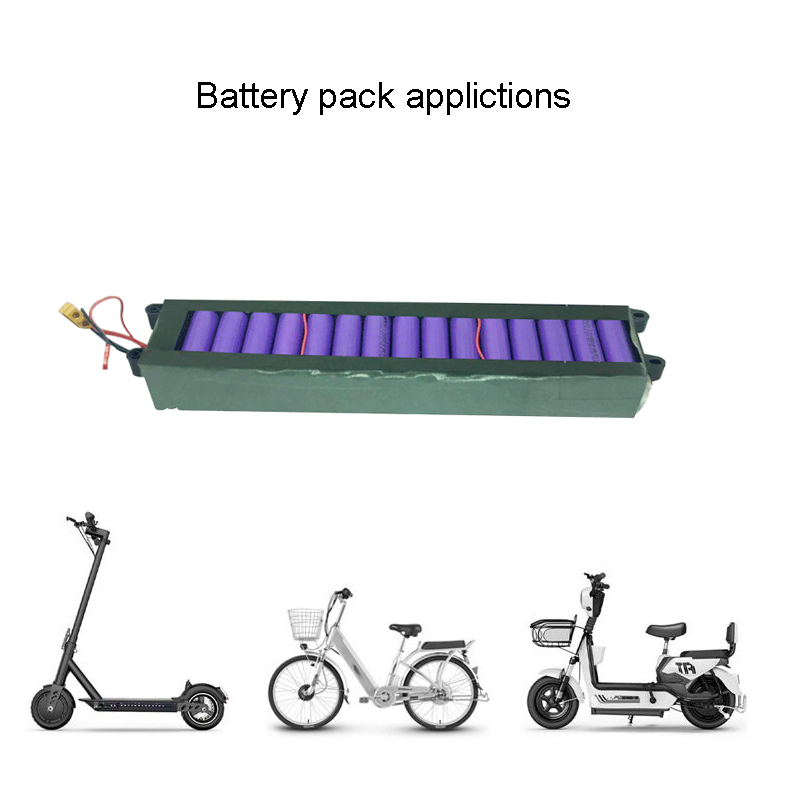Lead:
According to foreign media, by 2025, European battery production capacity will increase from 49 GWh in 2020 to 460 GWh, an increase of nearly 10 times, enough to meet the demand for an annual production of 8 million electric vehicles, half of which is located in Germany. Leading Poland, Hungary, Norway, Sweden and France.
On March 22, the Economic and Commercial Office of the Consulate General of the Ministry of Commerce in Frankfurt showed that the European Union intends to regain the lost ground in the battery industry. German Economy Minister Altmaier, French Economy Minister Le Maire and European Commission Vice President Sefkovy Qi published a guest article in the German “Business Daily” that the European Union hopes to increase the annual production capacity of electric vehicle batteries to more than 7 million electric vehicles by 2025, and hopes to increase the global market share of European electric vehicle batteries to 30 by 2030. %. Significant progress has been made in the construction of the EU’s electric vehicle battery industry. The European Battery Union was established in 2017 to reduce dependence on Asian battery manufacturers. Altmaier and Le Maier also launched two cross-border promotion projects. Under the framework of the project, Germany alone will invest 13 billion euros, of which 2.6 billion euros will come from state finances.
According to a report published on March 1 by the Frankfurter Allgemeine Zeitung in Germany, by 2025, European battery production capacity will be sufficient to meet the demand for an annual output of 8 million electric vehicles.
According to the report, the European Transport and Environment Federation (T&E) latest market analysis forecasts that the European battery industry has entered a period of rapid growth. This year, it will have sufficient battery production capacity to supply local car companies, thereby further reducing its dependence on Asian battery companies. Germany Will become the European center of this key industry.
It is reported that Europe plans to set up 22 large-scale battery factories, and some projects have already started. It is expected that about 100,000 new jobs will be created by 2030, partially offsetting losses in the traditional internal combustion engine business. By 2025, European battery production capacity will increase from 49 GWh in 2020 to 460 GWh, an increase of nearly 10 times, enough to meet the demand for annual production of 8 million electric vehicles, half of which is located in Germany, ahead of Poland and Hungary , Norway, Sweden and France. The development speed of the European battery industry will far exceed the original target, and the European Union and member states will continue to provide billions of euros in support funds to accelerate the pace of catching up with Asian countries.
In 2020, driven by the government subsidy policy, German electric vehicle sales rose against the trend, with sales increasing by 260%. Pure electric and plug-in hybrid models accounted for 70% of new car sales, making Germany the world’s No. The second largest electric vehicle market. According to data released by the German Federal Agency for Economics and Export Control (Bafa) in January this year, a total of 255,000 electric vehicle subsidy applications were received in 2020, more than three times the number in 2019. Among them, 140,000 are pure electric models, 115,000 are plug-in hybrid models, and only 74 are hydrogen fuel cell models. The subsidy paid for car purchases reached 652 million Euros throughout the year, which is about 7 times that of 2019. Since the federal government doubled the amount of subsidies for car purchases in July last year, it has submitted 205,000 subsidy applications in the second half of the year, exceeding the total from 2016 to 2019. Currently, the subsidy funds are jointly provided by the government and manufacturers. The maximum subsidy for pure electric models is 9,000 euros, and the maximum subsidy for hybrid models is 6,750 euros. The current policy will be extended to 2025.
Battery.com also noted that in January this year, the European Commission approved 2.9 billion euros (3.52 billion US dollars) in funding to support research in the four core stages of European battery manufacturing: battery raw material mining, battery cell design, battery system, and supply chain Battery recycling.
On the corporate side, battery network comprehensive foreign media reports found that within this month alone, many car and battery companies have announced new trends in building power battery factories in Europe:
On March 22, the chairman of Volkswagen’s Spanish car brand SEAT stated that the company hopes to build a battery assembly plant near its Barcelona plant to support its plan to start producing electric cars in 2025.
On March 17, Japan’s Panasonic announced that it will sell two European factories producing consumer batteries to the German asset management agency Aurelius Group, and shift to the more promising electric vehicle battery field. The transaction is expected to be completed in June.
On March 17, an internal recruitment information released by BYD’s Fordy Battery showed that the preparation office (European group) of the new factory for Fordy Battery is currently preparing to build the first overseas battery factory, which is mainly responsible for the production of lithium-ion power batteries. , Packaging, storage and transportation, etc.
On March 15, Volkswagen announced that the group is working hard to ensure battery supply beyond 2025. In Europe alone, it is expected that by 2030, the company will build 6 super battery plants with a total capacity of 240GWh/year. Thomas Schmal, a member of the Volkswagen Group’s Technical Management Committee, revealed that the first two factories of the battery production plan will be located in Sweden. Among them, Skellefte (Skellefte), which cooperates with the Swedish lithium battery developer and manufacturer Northvolt, focuses on the production of high-end batteries. ) The plant is expected to be put into commercial use in 2023, and the subsequent production capacity will be expanded to 40GWh/year.
On March 11, General Motors (GM) announced the establishment of a new joint venture with SolidEnergy Systems. SolidEnergy Systems is a spin-off company of the Massachusetts Institute of Technology (MIT) that focuses on improving the energy density of lithium-ion batteries. The two companies plan to build a test plant in Woburn, Massachusetts, by 2023, which will be used to produce high-capacity pre-production batteries.
On March 10th, Swedish lithium battery manufacturer Northvolt announced that it has acquired Cuberg, a US start-up. The acquisition aims to obtain technology that can improve its battery life.
On March 1, the fuel cell joint venture announced by Daimler Trucks and Volvo Group last year was established. The Volvo Group acquired a 50% stake in Daimler Truck Fuel Cell for approximately EUR 600 million. The joint venture will be renamed cellcentric, focusing on the development and production of fuel cell systems for heavy-duty trucks, and is expected to achieve mass production after 2025.
Prior to this, domestic battery companies such as CATL, Honeycomb Energy, and AVIC Lithium have all revealed their intentions to build plants or expand production of power batteries in Europe, attracting Enjie, Xingyuan Materials, Xinzhoubang, Tianci Materials, Jiangsu Guotai, Lithium battery materials such as Shi Dashenghua, Noord shares, and Kodali have intensified the European market layout.
According to the “European Electric Vehicle Market Report” released by the German professional automotive organization Schmidt Automotive Research, the total sales of Chinese electric passenger car manufacturers in 18 major European car markets in 2020 will reach 23,836, which is the same period in 2019. Compared with an increase of more than 13 times, the market share reached 3.3%, indicating that China’s electric vehicles are ushering in a period of rapid development in the European market.
Post time: Mar-24-2021






